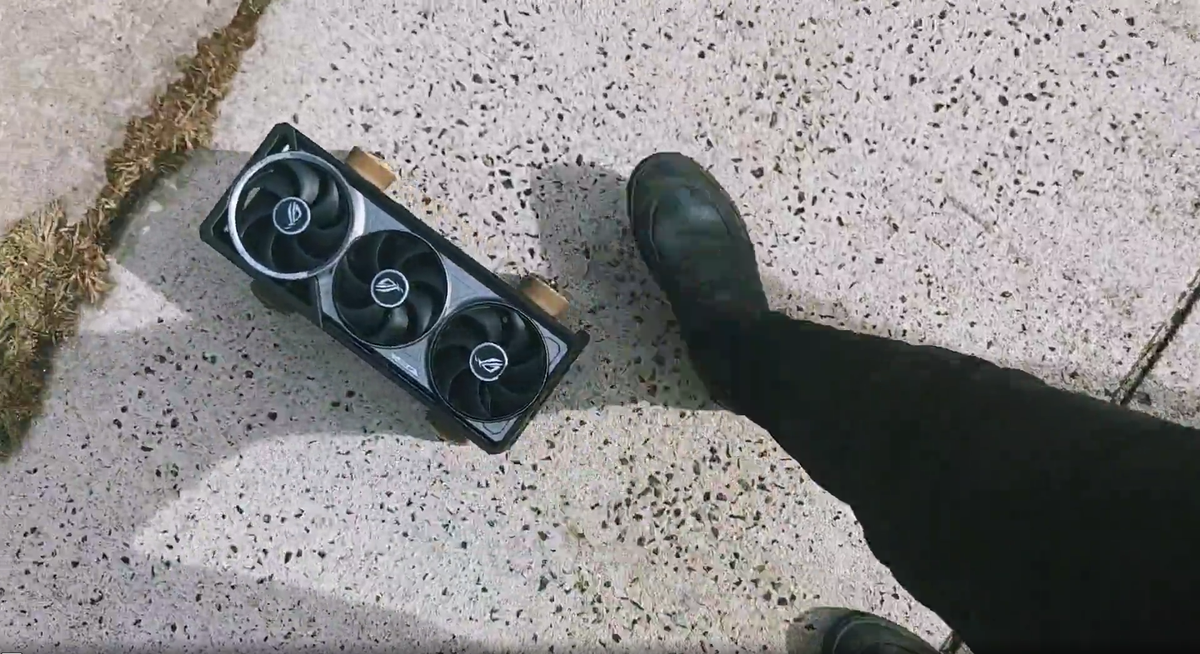There are some stunning views out there, like hotels that let you see the New York City skyline and resorts with gorgeous mountain or ocean views. But there are few places with a view as absurdly cool as the International Space Station. On Wednesday, astronaut Don Pettit -- who is also a noted photographer and inventor of the zero-G coffee cup -- took a gorgeous time-lapse video of the ISS as it flew over an aurora.
The video, viewable on X, is about 50 seconds long. It shows the ISS orbiting around Earth. It's a cool shot all on its own, but around the 27-second mark, the aurora starts to show up from the left. A few short seconds later, viewers are greeted with what looks like a snaking, flowing mist covering part of the Earth.
Then, the Earth is awash in a green glow that looks like something out of a movie or a video game. As quickly as the aurora shows up, it leaves the camera's view, and the POV is stretched back into space.
Despite its misty appearance, the aurora borealis is anything but. The glowing effect is caused by an interaction between the sun's solar winds and Earth's magnetic field. These interactions most often happen when the sun emits coronal mass ejections, which massively eject plasma into the Earth's magnetic field.
With the sun at its solar maximum and amid aurora season, it may only be a matter of time before those green lights stretch far down into the US, like we saw last year.
Moving backward through space
Pettit was able to get the time-lapse video because the ISS is currently flying backward. It doesn't typically do this, but the space station was expecting company. On Tuesday, the Soyuz MS-27 spacecraft launched with NASA astronaut Jonny Kim and Russian cosmonauts Sergey Ryzhikov and Alexey Zubritsky, with the final destination being the ISS. Flipping the entire space station 180 degrees helped to facilitate the docking maneuver, which was successfully completed 3 hours after launch.
In addition to flipping 180 degrees, the ISS also intentionally lowers its altitude, as hinted by Pettit in his tweet when he said "changes in altitude, changes in latitude." While this isn't a maneuver that the ISS performs often, it is performed virtually every time a Soyuz spacecraft launches to the ISS. With the slight drop in altitude (usually around one kilometer) and the reorientation, it allows the Soyuz to dock just a few hours after launch, instead of longer like some other spacecraft.









 English (US) ·
English (US) ·